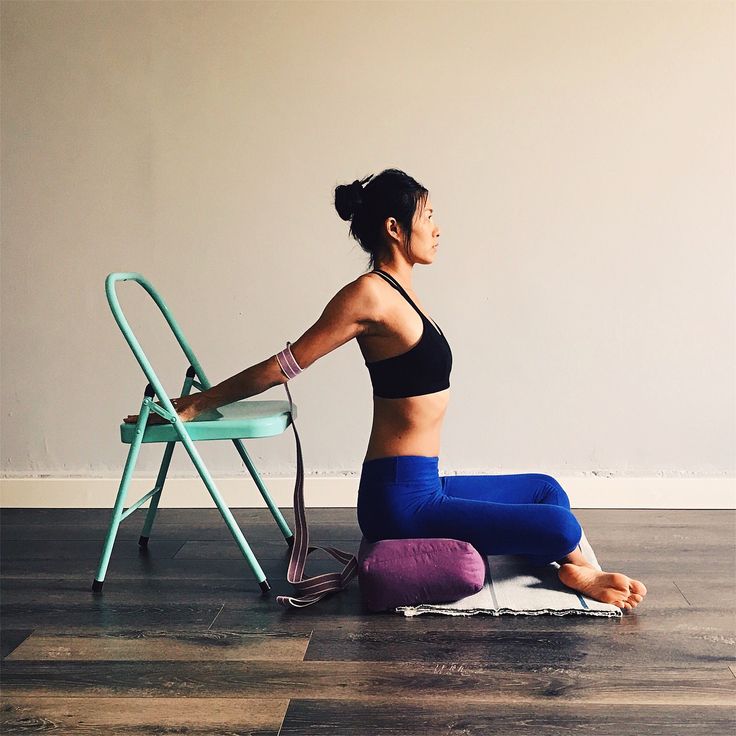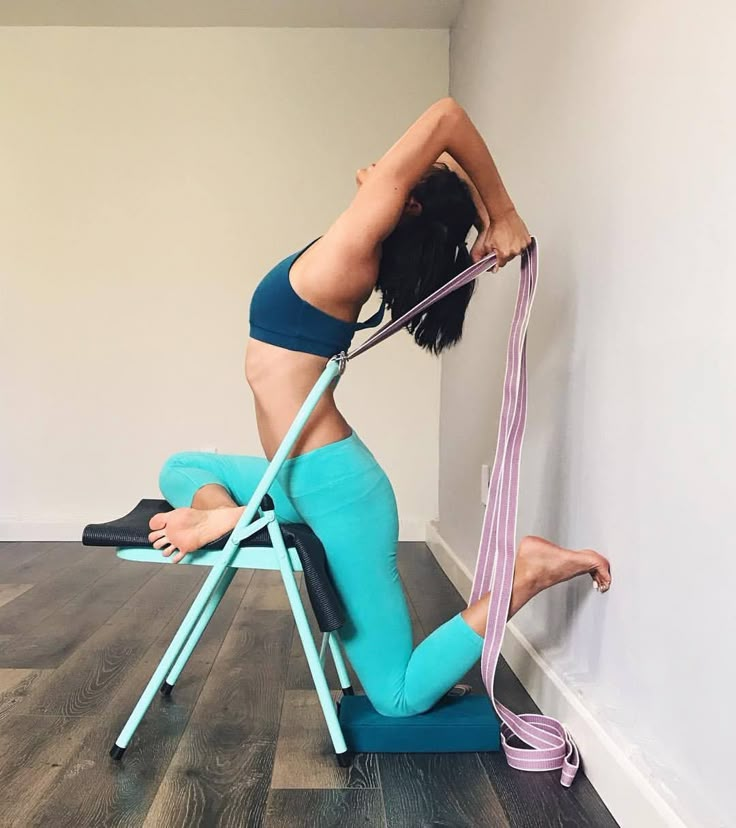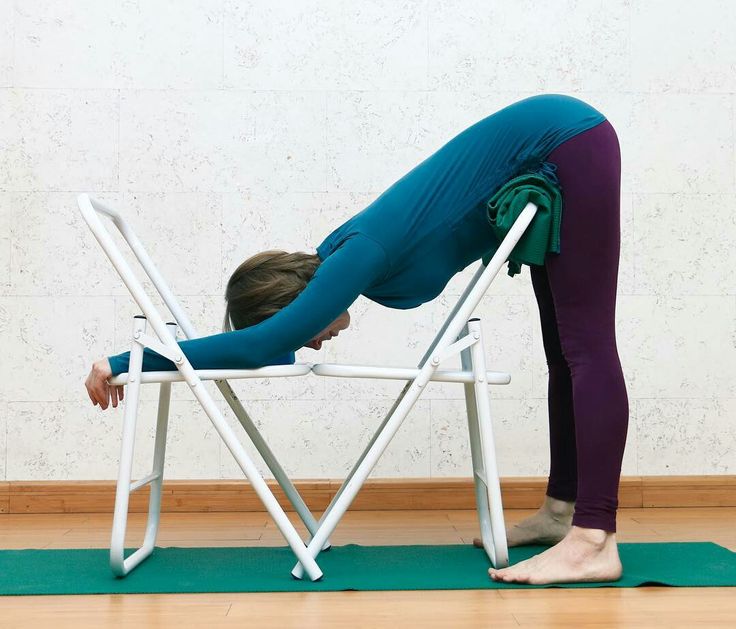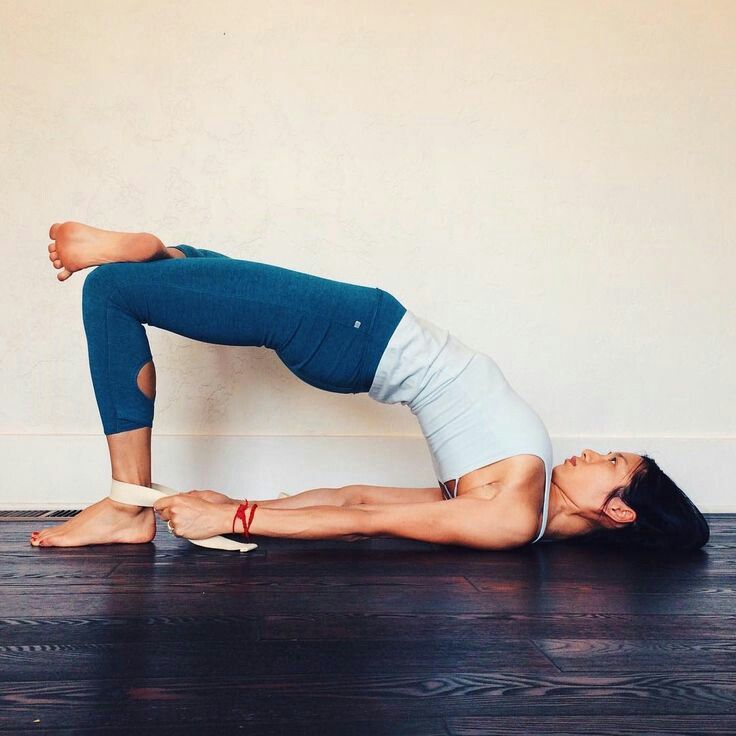Chair Yoga is an accessible and effective way to improve posture, flexibility, and balance with a reduced risk of injury. Because a comprehensive fitness plan should include flexibility and balance exercises, chair yoga is a great entry point. Chair yoga modifies traditional yoga poses in yoga pants to be performed while seated or using a chair for support, making it suitable for nearly everyone. It gently increases strength and joint mobility, while also fostering mental well-being through mindfulness and stress reduction. Chair yoga offers comprehensive advantages in a safe and adaptable format, whether one is in rehabilitation, managing health issues, or simply looking for a low-impact exercise.

What Is Chair Yoga?
Chair yoga modifies traditional poses for accessibility while seated or using a chair for support. Also known as couch yoga, it benefits individuals with mobility issues, chronic pain, or those new to yoga. It offers stretching, strengthening, and breathwork, mirroring yoga’s core benefits. Chair yoga is particularly beneficial for older adults, as it loosens muscles, reduces stress, and improves circulation gently.
The Benefits of Chair Yoga
Chair yoga offers many of the same benefits as traditional yoga:
Improved Flexibility, Balance, and Strength: Chair yoga improves balance, flexibility, and lower limb strength. It can also improve handgrip, upper-body strength, and static and dynamic balance and Enhances joint mobility and builds muscle, particularly in the core, arms, and legs..
Reduced Pain: Doing chair yoga can help reduce chronic pain, including joint pain associated with osteoarthritis 6.
Better Mental Health and Sleep: Yoga is linked to improvements in mental health, sleep quality, and vitality and can ease insomnia. It also combines mindful breathing and movement to lower cortisol levels.
Increased Lung Capacity: Chair yoga strengthens the intercostal and diaphragm muscles, improving lung capacity.
Improved Digestive Health: Certain chair yoga poses gently massage the abdominal cavity, stimulating blood flow and promoting gut motility, which can alleviate digestive issues like constipation and bloating.
Social Connection: Participating in chair yoga classes can provide valuable social interaction and a sense of community.
Stress Reduction: Chair yoga can relieve stress and tension. The practice of meditation and slow, controlled breathing can decrease nervous system activity, which helps manage blood pressure levels.

Who Should Try Chair Yoga?
Chair yoga is suitable for a wide range of individuals:
Seniors: Older adults can benefit from chair yoga’s gentle approach to improving strength, balance, and flexibility.
People with Limited Mobility: Chair yoga makes yoga accessible for those with mobility issues or those who have difficulty standing for long periods.
Individuals with Injuries: People recovering from injuries can use chair yoga as a therapeutic way to regain strength and flexibility.
Those Seeking a Gentle Practice: Chair yoga is a good option for anyone who wants a more therapeutic and supportive approach to yoga.

Is Chair Yoga Right for Me?
If traditional yoga feels intimidating or physically challenging, chair yoga is an excellent alternative. It’s customizable—poses can be done seated or with chair support for standing transitions. Whether you’re rehabilitating an injury, managing stress, or simply want to move more at work, chair yoga adapts to your needs.
Consider chair yoga if you:
- Want a gentle and accessible form of exercise.
- Have limited mobility or balance issues.
- Are recovering from an injury.
- Want to improve flexibility, strength, and balance.
- Seek to reduce stress and improve mental well-being.
What Precautions Should I Take?
To ensure a safe practice, consider these precautions:
Consult a Professional: Check with a healthcare provider if you have medical concerns.
Stable Chair: Use a sturdy, armless chair (avoid wheeled or folding chairs).
Posture Awareness: Sit tall, avoiding slouching or overarchinging the spine.
Avoid Overexertion: Move gently; never force a stretch.
Hydrate: Drink water before and after practice.
Skip Risky Poses: Modify or avoid poses that strain joints or muscles.
Medical Advice: Consult your doctor before starting chair yoga, especially if you have any underlying health conditions.
Listen to Your Body: Never push yourself to the point of pain. Modify poses as needed and rest when necessary.
Yoga apparels and accessories: find the comfortable and perfect yoga sports clothes for yourself such as: yoga sports bra, high waisted flare yoga pants, straight leg yoga pants with pockets, and seamless gym shorts
More about what need for yoga find: How to Do Yoga Practicing at Home and What Do I Need?
Basic Poses in Chair Yoga
Seated Mountain Pose
Sit tall, feet flat. Inhale, reach arms overhead; exhale, lower.
Benefits: Aligns posture, boosts focus.
Seated Cat-Cow
Arch spine upward (cat) on exhale; dip spine downward (cow) on inhale.
Benefits: Releases back tension.
Seated Forward Fold
Hinge at hips, reach hands toward feet. Keep spine long.
Benefits: Stretches hamstrings, calms mind.
Chair Pigeon Pose
Cross one ankle over the opposite knee, gently press thigh down.
Benefits: Opens hips, relieves sciatica.
Seated Spinal Twist
Rotate torso to one side, holding the chair back. Switch sides.
Benefits: Improves digestion, spinal mobility.
Chair Warrior II
Sit sideways, extend one leg back, arms parallel to floor. Gaze forward.
Benefits: Strengthens legs, enhances balance.

How to Get Started With Chair Yoga
Find Resources: Explore online videos, apps, or local classes led by certified instructors who specializes in chair yoga for seniors or those with limited mobility.
Attend a Class: Many community centers, nursing homes, and medical facilities offer chair yoga classes.
Gather Equipment: Use a stable chair; add a yoga mat or blocks for comfort. Use a sturdy chair without arms and ensure you have a flat surface. You might want a blanket or pillow to help make you comfortable during Savasana, the final resting pose 6.
Create Space: Ensure room to stretch arms/legs without obstructions.
Start Slow: Begin with 10–15 minute sessions, focusing on breath and alignment.
Stay Consistent: Aim for 3–4 sessions weekly to build routine.
Conclusion
Chair yoga is a versatile and adaptable practice that can benefit people of all ages and abilities. By taking precautions, learning foundational poses, and embracing gradual progress, anyone can enjoy its physical and mental rewards. Roll out your chair, take a deep breath, and begin your journey toward greater well-being today.